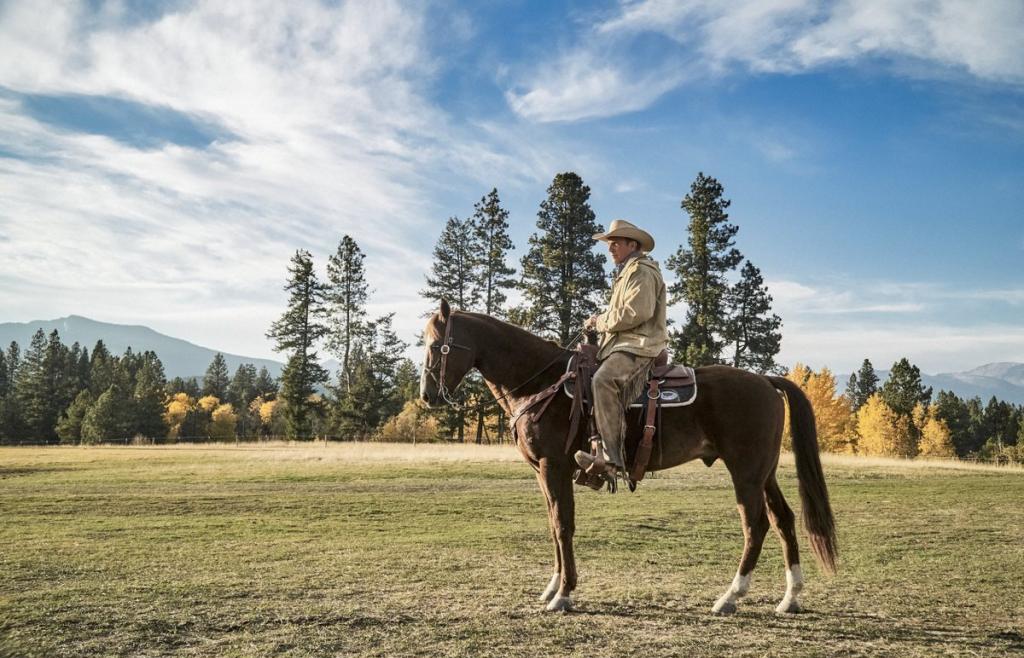The right of ownership (not even the whole object, but a certain share), gives the owner the opportunity to exercise authority at his discretion. Moreover, he has the right to alienate her at any time. About what a land share is, and how you can dispose of such property, read the article.
The concept
The most valuable today are agricultural land. Many citizens have long become owners of shares of such lands after the reorganization of agricultural enterprises. At the same time, they still face problems in the exercise of their rights. Such citizens, mainly former employees of collective farms and state farms, pensioners who worked at those enterprises, social workers.

About what is the land share, said in Art. 15 of the Law "On the turnover of agricultural land" No. 101-ФЗ. This is a share, the rights to which appeared as a result of the privatization of agricultural land. The share is part of the common property. It is expressed in balloon hectares, that is, in the qualitative characteristics of the land (fertility and values for agriculture). A land share has much in common with common ownership, but at the same time, and differs from it in the following properties:
- It is included in the common property, and therefore is a more narrow-minded concept.
- Before the formation of the share, privatization was carried out.
- The share may be transferred to the municipality or business entity after the LLP (Limited Partnership), its alienation by a citizen.
- The magnitude of the land is expressed in balloons.
Common ownership
This concept includes ownership of an allotment by two or more owners at once. The common ownership of a share of a land plot appears in the following cases:
- If 2 or more persons act as acquirers.
- Inheritance is in progress.
- The court issued an appropriate decision on the establishment of ownership.
- Land privatization was carried out. In this case, the allotment is transferred to its regular user in the right of ownership. Features of this process are regulated by Law No. 101-FZ.
- When a farm is established, in which the plot is first leased, in accordance with the provisions of the Law on Peasants (Farming) No. 74-FZ, and then users receive the right to purchase, as a result of which they become co-owners in the common share ownership.
- Land purchased by several persons.
- Donated land share.
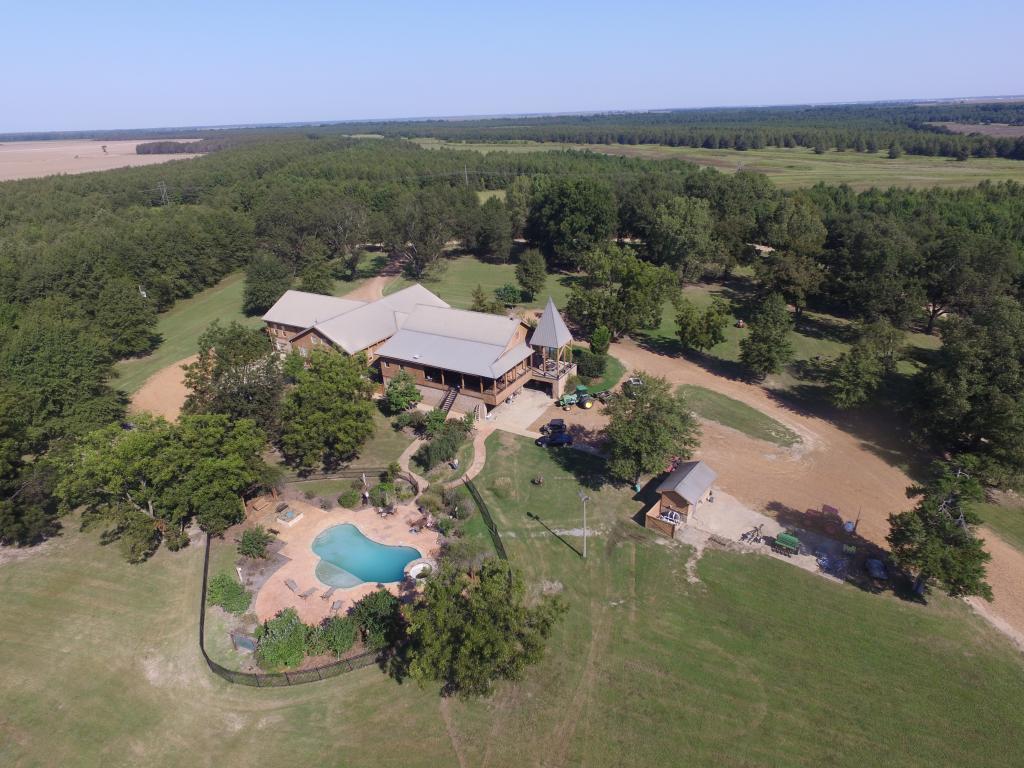
Turnover
Civil transactions with shares are carried out in accordance with the general rules established by applicable law. If the number of owners is five or more persons, then these rules are implemented with the features provided for by the aforementioned Law No. 101-ФЗ.
Without an allotment, the owner of the land share has the right to carry out such transactions as:
- Waiver of your right. For this, they apply to the registration authority with a corresponding application and documents confirming the right to a share. Ownership terminates upon registration of this legal event. Moreover, the share of the land goes to the municipality.
- Will. The document is drawn up in a general manner, in accordance with the norms established by law. Heirs are not limited to kinship in this case. The testator may transfer the share of the land allotment to the person whom he wishes.
- The introduction of a share in the authorized capital of an agricultural organization using the appropriate allotment.The peculiarity of the procedure lies in the limited subject composition. The main thing is to preserve the purpose of the land. Therefore, the share can be invested only in organizations involved in agriculture.
- Transfer to trust. This is an effective managerial way in exercising your share right. At the same time, the owner retains his right without the need for independent use of the allotment. Trustees can be members of a peasant farm, an organization engaged in agriculture.
All other transactions must be carried out upon preliminary allocation of the unit to a separate section. For example, these include the sale or gift of a share. Most often, selling is used. A share of land can only be sold to another participant in shared ownership. You must take into account the right of preemptive purchase, which is provided for by the Civil Code of the Russian Federation, as well as Law No. 101-FZ.
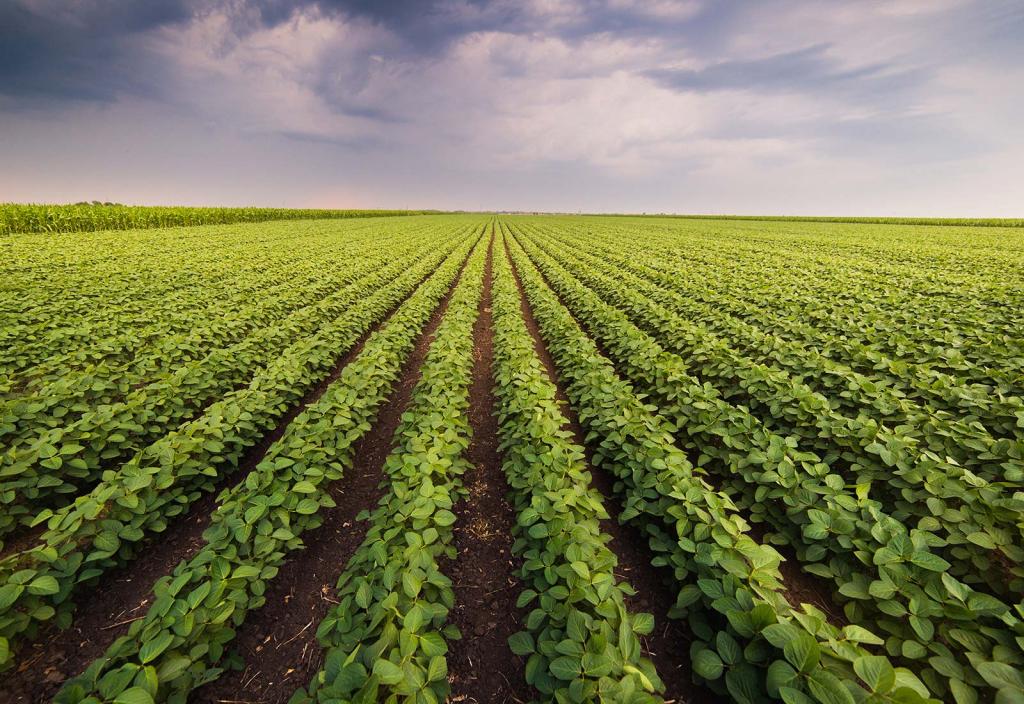
Donation is done in a similar way. The oral form has no legal force. Therefore, as in the sale, it is necessary to conclude a donation agreement for the land share.
Features of Alienation
The decision to sell their share cannot be challenged by other owners. He can do this regardless of their opinion. But there are times when shares are not allocated, and one of the owners decides to sell his part of the site without the consent of the other owners. In this case, you will first need to perform the allotment of land in kind. This can be done on the basis of a court decision. After the procedure, you can contact the registration authority.
Section and allotment allotment: description
This process is regulated by civil and land laws, in accordance with which allotments are divisible and indivisible. The specificity of the site affects the classification. In the section, the relevant characteristics must be preserved in accordance with the original purpose of the allotment.
If after the section it has the same essential description, then the site is considered divisible. But when, as a result of division, it would be necessary to change the target orientation, the allotment is indivisible.
Allocation of a share of land ownership depends on encumbrances. Similar restrictions are imposed on the whole allotment or on a certain part of it. In the first case, the plot is indivisible, while in the second case, the allocation can theoretically be carried out. However, in practice, this still requires first removing the restrictions.
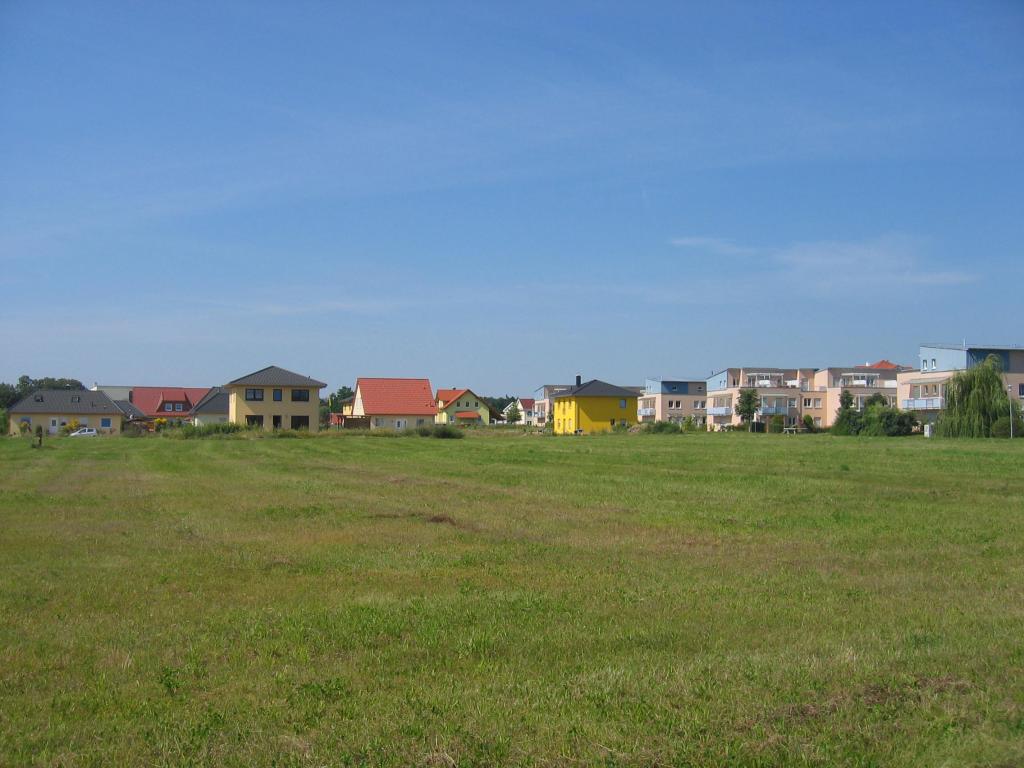
Order of conduct
Both the section and the division are carried out if there is an agreement between the owners. Then the procedure consists of the following steps:
- Request for extract from the USRN in order to verify the registration of the allotment and the availability of rights to it.
- Demand for technical documentation. The cadastral engineer determines the boundaries, geodetic coordinates, draws up a plan and fixes the signs of land surveying.
- The applicant must keep all duplicates.
- Registration of the property, in which the necessary package of documents is sent to the registration authority, among which there should be a receipt with a paid state duty.
Specialists check the documents for authenticity and compliance with the established requirements within two weeks. In this case, the cadastral number is assigned to the site, and then the relevant data are entered into the Unified Register. After this, the ownership of the land share is considered to be executed.
If the co-owners could not agree on this issue, then you will have to contact the judicial authority.
Cost
The section relates to an expensive procedure. In this case, the state duty should be paid twice: once for the registration of the whole allotment, and the second time - directly for the division and registration of the new site. Most of all you need to pay for the preparation of the survey plan. The cost of services varies in companies engaged in this type of activity. Moreover, it may differ by 3 or more times.But you should not look for the “cheapest” specialists, since inaccuracies in work can lead to even greater costs on the part of the owners.
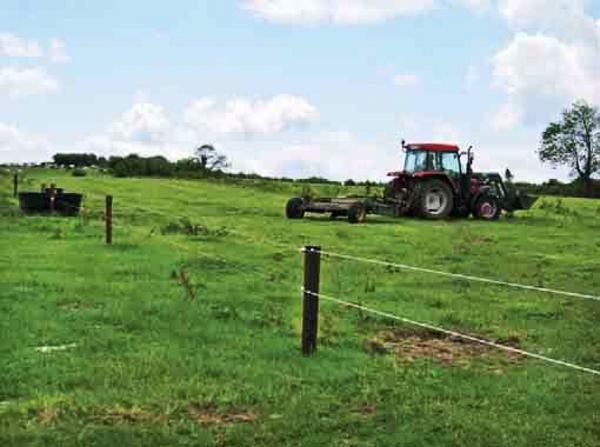
Land surveying
The procedure is carried out by a land management organization that has permission to provide appropriate services. To conduct a land survey, the owners need to submit an application and sign a contract.
When surveying, the boundaries of the allotment are determined if the data available in the State Real Estate Cadastre is not enough or for the division and allotment of the land share, if the site is owned by several persons.
Before surveying, the cadastral engineer must perform the following steps:
- Get an extract from the cadastre on the initial allotment of land.
- Request inventory plan.
- To study title documents for common property.
- Evaluate nearby lands that border the allotment for the precise placement of the original zones, so that bordering does not work out.
- Establish the need for field work. During field work, the boundaries of the plot are determined, as well as the coordinates of new plots, a draft plan is prepared, and different options for new areas are reflected.

Unclaimed land
The share may be recognized as unclaimed. But only if the owner did not use the land personally, did not rent out or otherwise dispose of three or more years. Basically, these include the shares of land plots whose owners have died. And they did not have heirs.
Local authorities create a list of relevant shares, publish them in local mass media, and then transfer them to the general meeting of property participants. Units are considered unclaimed from the moment this list is approved. After the meeting is held by the owners, local authorities can go to court to recognize the share as belonging to the municipality on the basis of ownership. If the court makes a positive decision, then later the share can be redeemed from local authorities.
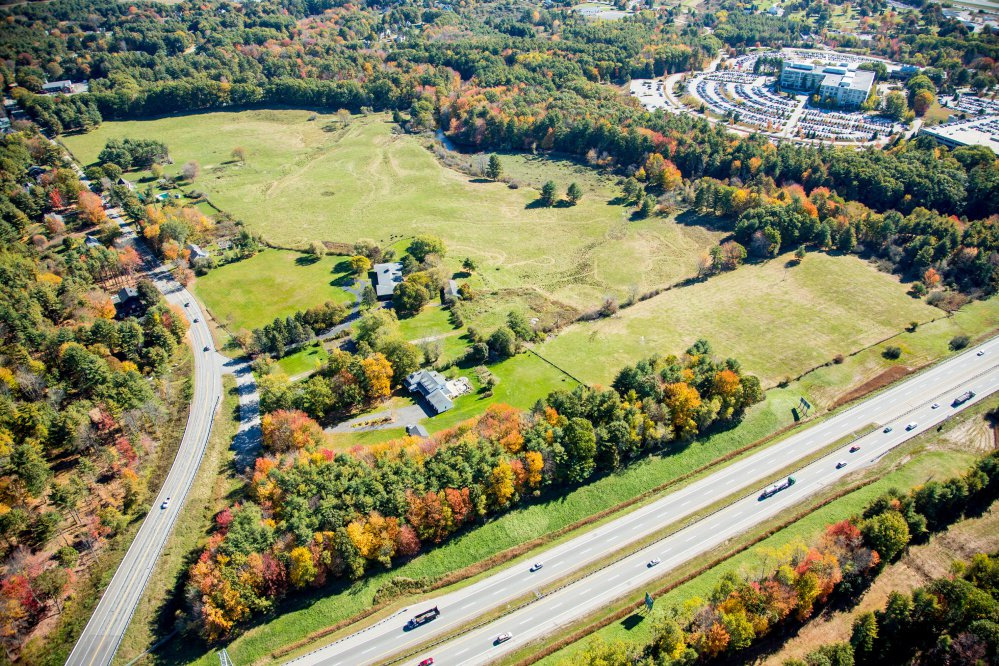
Conclusion
Thus, the share of land can remain in common ownership or be registered in private. In the latter case, the owner will have more rights to dispose of it. If you do not use the share for 3 years or more, there is a risk of losing your right to your own share of the land.
